Table Of Content
Businesses today need more than static websites and basic chatbots — they need intelligent, responsive, and personalized web applications that can use their own data in real time.
Retrieval-Augmented Generation (RAG) makes this possible. RAG is an advanced AI technique that combines the power of large language models (LLMs) with a retrieval system that pulls the latest, most relevant data from your business sources — product catalogs, documentation, knowledge bases — and delivers precise, context-aware answers. Unlike traditional language models that rely solely on pre-trained knowledge, RAG systems can access and utilize current, company-specific information to generate grounded, accurate responses.
This means your web app can:
- Provide accurate, up-to-date responses grounded in your latest information
- Deliver faster, more relevant customer support with reduced human intervention
- Enhance user experience through natural, intelligent interactions
- Lower support costs while increasing satisfaction
Imagine a customer service chatbot that not only understands a question but also pulls live inventory and current pricing, or a technical support tool that instantly references the most recent manuals to give step-by-step guidance. These are just some of the ways RAG transforms how web apps interact with users.
In this article, we’ll explore how RAG works for web applications, the technical components involved (such as frameworks like Llama Index and LangChain), and what it takes to build secure, high-performing RAG-enabled solutions.
How Does RAG Work?
At its core, Retrieval-Augmented Generation bridges the gap between pre-trained AI knowledge and your business’s most current, domain-specific data. This allows a RAG web app to provide responses grounded in your trusted sources, not just general internet information.
Data Selection – Identify and curate the most relevant, trusted sources for your use case (e.g., technical manuals, product data, customer FAQs). This ensures your application’s responses are grounded in accurate, business-approved information.
Embedding Creation – Convert your documents into vector representations so the system can search based on semantic meaning, not just keywords. This allows it to “understand” the intent behind a query rather than relying solely on exact word matches.
Vector Search – Match incoming questions against stored document vectors to retrieve the most contextually relevant chunks. This ensures the LLM gets the right background for every question.
Response Generation – Feed both the query and retrieved context into the LLM to produce a grounded, coherent answer that reflects your latest data.
By combining retrieval with generation, a well-designed RAG system can deliver answers that are correct, current, and directly applicable to your operations — a major advantage when you build a RAG web app for real-time, business-specific interactions.
Web Development with RAG Capabilities
Building a web application with RAG (Retrieval-Augmented Generation) capabilities means building a system that can respond to user queries using your company’s own data.
In practice, a RAG web app is a full-stack application that combines a back-end web API (integrated with frameworks such as Llama Index or LangChain) and an interactive frontend component. These applications can be built in various programming languages, including JavaScript or Python. In our implementations, we often adapt the Llama Index framework — a data orchestration framework for connecting data sources to large language models (LLMs).
Extending an LLM’s knowledge base with domain-specific data is essential for creating an agile and adaptable AI application. Achieving this requires technical skills in data persistence, re-indexing, and implementing WebSocket connections for real-time streaming responses.
The foundation of such an application is a backend server that hosts your RAG system. This server acts as the brain of your application, processing incoming queries and generating responses based on your company’s knowledge base. In most implementations, the backend includes a web server to handle requests and secure access to an LLM service (e.g., via an API key from OpenAI).
The RAG functionality is implemented within this backend. It involves creating an index of your company’s documents, enabling efficient retrieval. This process starts with loading data from various sources using a directory reader. The loaded data is then used to create a vector store index, which forms the basis of the retrieval system. A web API then acts as the interface between your frontend and the RAG system, providing endpoints the frontend can call. This system’s core is a query engine combining a retriever, post-processing steps, and a synthesizer.
Using Llama Index, the retriever fetches relevant documents from the vector store and can be customized to improve accuracy and relevance.
The service context, which includes the LLM and embedding model parameters, is a crucial component in this setup. It ensures that all components work together seamlessly. A custom prompt can also be designed to control how queries are processed and responses are generated, allowing for specific instructions or additional information requirements.
On the frontend side, you’ll create a user interface where users can input their queries. This is often as simple as a text input field and submit button, which triggers a request to the backend API.
The connection between the front end and the back end is crucial. The frontend must know the correct API endpoints and handle asynchronous requests, including loading states and UI updates when responses arrive.
Behind the scenes, the custom query engine springs into action when a query is received. It uses the retriever to fetch relevant documents, processes them, and then employs a response builder to construct the final answer. This response builder integrates the service context and the custom prompt to generate a coherent and informative reply. The synthesizer then combines the processed documents, the custom prompt, and the user query into a single input for the LLM.
One complexity in building such a system is ensuring responsiveness. RAG queries can take time to process, especially with large knowledge bases. You’ll need to implement proper error handling and provide feedback to users about the status of their query.
Another challenge is maintaining and updating your knowledge base. As your company’s information changes, you’ll need a system to regularly update your RAG index (re-index) to ensure responses remain accurate and up-to-date. Llama Index can help streamline the re-indexing process, keeping your data current and relevant.
Security is also a crucial consideration. You’ll need to implement proper authentication and authorization to ensure that only authorized users can access your company’s data through the RAG system.
Lastly, it’s important to consider scalability. As the usage of your RAG-enabled web app grows, you’ll need to ensure your backend can handle the increased load, possibly implementing caching strategies or load balancing to maintain performance.
A Krasamo developer can help design a RAG-enabled web application, balancing these technical realities with your business goals.
LLM Querying and Its Components
LLM querying involves using large language models to process and respond to user questions, enhanced with a retrieval mechanism that pulls relevant information from a structured knowledge base. This approach—known as Retrieval-Augmented Generation (RAG)—ensures that responses are accurate, relevant, and current.
In the previous section, we outlined how these components fit into a web application. Here, we define them more precisely so you can see the specific role each plays:
Vector Store Index: A specialized data structure that stores embeddings (vector representations) of your documents. When a query is made, the index retrieves documents based on semantic similarity rather than exact keyword matches, enabling more contextually accurate results.
Query Engine: The orchestrator of the retrieval-and-generation process. It interacts with the vector store to find relevant content, processes that content, and works with the LLM to create the final output.
Retriever: Responsible for selecting the most relevant document chunks from the vector store index. A well-tuned retriever ensures that the LLM receives only the most useful context for each query.
Synthesizer: Combines the retrieved documents, the user’s original query, and a prompt into a single, coherent input for the LLM. The synthesizer ensures the final response is accurate, contextually grounded, and written in the desired style or tone.
Custom RAG Pipeline: A tailored setup that adapts these components for specific business needs. This may include specialized retrievers for niche datasets, domain-specific prompts, or custom response builders to achieve precise control over the output.
RAG Techniques
When you build a RAG web app, basic retrieval-and-generation workflows can deliver solid results — but production-grade systems often employ advanced retrieval methods to maximize accuracy, speed, and user trust. Below are four of the most widely adopted techniques used by modern development teams:
- Reranking
Perhaps the most recognized enhancement, reranking uses an additional AI model trained specifically for re-evaluating the documents retrieved in the first pass. It reorders them based on their true relevance to the query’s intent, ensuring that the most accurate and useful context is passed to the LLM. - Hybrid Search
By combining sparse (keyword-based) and dense (embedding-based) retrieval methods, hybrid search delivers both precise keyword matches and deep semantic understanding. This dual approach is highly effective in web apps that must handle structured identifiers (like SKUs or form numbers) alongside natural language queries, ensuring comprehensive and precise results. - Query Expansion
Users often don’t phrase questions in the exact terms your internal systems use. Query expansion addresses this by adding synonyms, related terms, or paraphrases generated by external models to the search. - Contextual Prompt Compression
As datasets grow and queries become more complex, the LLM’s context window can quickly become a bottleneck. Contextual prompt compression reduces the amount of text passed to the model without losing essential meaning, allowing you to fit more high-value information into the prompt. This keeps responses grounded, speeds up processing, and can reduce costs.
By integrating these techniques into your design, you can build a RAG web app that not only retrieves relevant content but also delivers responses that are sharper, more reliable, and more aligned with user needs. These methods are becoming standard practice in enterprise-grade RAG deployments, ensuring competitive performance in real-world applications.
Structuring a RAG Pipeline
To create a custom RAG pipeline, one needs to integrate various components and customize them per the requirements. Below is a breakdown of the steps involved:
Set up access to your chosen LLM:
- Select an appropriate Large Language Model based on your requirements.
- Install the necessary dependencies or libraries.
- Obtain API keys or authentication credentials to interact with the LLM.
Load Data & Create embeddings:
- Determine which data is relevant for your RAG application (PDFs, SQL tables, information on the web, text files, etc.). The raw data must be parsed, and depending on the data type, chunked into manageable pieces (such as text segments or by size) before creating embeddings.
Create Index:
- Create a searchable index of the embeddings from the document content. This index will be used to retrieve relevant information during querying.
Develop a Query Engine:
- Develop a query engine that combines the retriever, post-processing steps, and synthesizer. This engine will manage the entire querying process.
Custom Retriever:
- Implement a custom retriever to fetch relevant documents from the vector store. This retriever can be tailored to improve the accuracy and relevance of the retrieved information.
Service Context:
- Create a service context that includes the LLM and embedding model parameters. This context ensures that all components work seamlessly together.
Custom Prompt:
- Design a custom prompt to control how queries are processed and responses are generated. The prompt can include specific instructions or additional information requirements. ReAct is a common prompting technique for RAG applications.
Response Builder:
- Develop a response builder to construct the final response. This component integrates the service context and the custom prompt to generate a coherent and informative reply.
Synthesizer:
- Integrate the response builder into a synthesizer. The synthesizer combines the processed documents, the custom prompt, and the user query into a single input for the LLM.
Execute Queries:
- Use the custom query engine to execute queries and obtain responses. The responses can be further refined and customized based on the needs.The query engine orchestrates the entire flow: it queries the vector store, applies post-processing, uses the LLM to generate responses, and can include error handling or caching.
To illustrate this process for your specific use case, contact our team, who will gladly run a demonstration.
By understanding and implementing these components, developers can build robust RAG applications that leverage the power of LLMs to provide accurate and contextually relevant responses. Customizing each component allows flexibility and optimization based on specific use cases, ensuring the final application meets the desired requirements.
Improve Web Apps with RAG Agents
Developers can incorporate agents, also known as RAG agents or agentic RAGs, to create more advanced RAG web applications. These enhancements address some of the limitations of basic RAG systems and significantly expand their capabilities.
One key advantage of an RAG agent is the ability to work with multiple data sources, each tailored to provide different types of information. This approach allows for more specialized and accurate responses. For instance, you might have one data source focused on technical product specifications, another on customer service information, and a third on company history. The application creates these separate data sources independently, each with its specific purpose and domain of knowledge.
A crucial component in managing these multiple data sources is the Router Query Engine. This intelligent system acts as a traffic director for incoming queries. When a user asks a question, the Router Query Engine (Llama Index) analyzes it and determines which data source is most appropriate to provide the answer. This decision-making process is powered by Language Models (LLMs), which can understand the context and intent of the query and then route it to the most relevant data source.
The real power of RAG agents comes from their ability to use tools and functions. These can be custom-built to perform tasks or calculations that the LLM might struggle with independently. For example, you could create a tool that performs complex financial calculations; another that accesses real-time data from external APIs or one that generates custom reports. The Agent can then intelligently decide when to use these tools based on the query it receives.
Furthermore, Agents can be designed to work with other Agents, creating a network of specialized assistants for complex tasks. This hierarchical structure allows for the creation of highly complex and nuanced systems. For instance, you might have a master Agent that coordinates between several subagents, each with its area of expertise and set of tools.
This layered approach enables the creation of incredibly sophisticated applications. An Agent might use one tool to retrieve information, another to process it, and a third to format the response, all seamlessly integrated to provide a cohesive answer to the user’s query.
By leveraging these advanced features, companies can create RAG applications that are not just information repositories but intelligent assistants capable of complex reasoning, calculation, and decision-making. This opens up possibilities for more interactive, responsive, and capable applications across various industries and use cases.
When planning such systems, clients must consider what specialized knowledge their application needs to handle, what calculations or data processing might be required, and how these various components can work together to provide the best possible user experience.
A Krasamo engineer is available to discuss advanced RAG applications and the incorporation of custom tools and functions to extend your web development capabilities.
Web Development with AI Chatbot
Creating an ongoing AI chatbot for your web application involves several advanced concepts that build upon basic RAG systems. This enhancement allows for more dynamic, context-aware interactions, providing users with a more engaging and personalized experience.
It’s important to understand the concept of an ongoing chat. Unlike simple query-response systems, an ongoing chat maintains a conversation history, allowing the AI to reference previous interactions and provide more contextually relevant responses. This is crucial for creating a natural, human-like conversation flow.
Implementing real-time responses with streaming is a key feature in modern chatbots. Streaming responses allow the AI to display its answer as soon as it starts generating it, rather than waiting for the entire response to be complete. This creates a more dynamic and engaging user experience, as users can see the AI “thinking” in real-time. Integrating this into your web app typically involves using technologies that support real-time data transfer, such as WebSockets.
A fundamental aspect of creating a sophisticated chatbot is data persistence. This means saving the conversation history and other relevant data for future reference. Persisting data is crucial because it allows the chatbot to maintain context across multiple interactions, even if the user leaves and returns to the conversation later. This is typically achieved through a storage context, which is a component that manages how and where data is saved.
The storage context is a system for organizing and retrieving persistent data. It can be considered the chatbot’s long-term memory, storing not just conversation history but also user preferences, frequently asked questions, and other relevant information. This context allows the chatbot to provide more personalized and informed responses over time.
At the heart of an advanced chatbot system is the chat engine. This core component processes user inputs, retrieves relevant information from the storage context, generates responses, and manages the flow of the conversation. The chat engine integrates various technologies, including natural language processing, the RAG system, and potentially other AI models or tools.
The system needs to go beyond simply storing and retrieving past conversations to create a truly context-aware chatbot. It should be able to understand the nuances of language, pick up on user preferences and behaviors, and adjust its responses accordingly. This might involve techniques like sentiment analysis, user profiling, and adaptive learning algorithms.
Implementing these features requires a sophisticated backend infrastructure. Developers must set up databases for storing conversation histories and user data, implement APIs for real-time communication between the front and back end, and integrate various AI models and tools into the chat engine.
Creating such an advanced chatbot is a significant undertaking. It requires careful planning of the user experience, consideration of data privacy and security issues, and potentially significant computational resources to run effectively.
When discussing these capabilities with a Krasamo developer, keep in mind the desired user experience and business outcomes. Key questions include: How will the chatbot’s context awareness improve customer interactions? What types of data should be persisted to provide the most value? How can the streaming responses be used to enhance user engagement?
By understanding these concepts, stakeholders can better collaborate with developers to create a chatbot that answers questions and provides a truly interactive and personalized experience for users. This can improve customer satisfaction, provide more efficient customer service, and potentially provide insights into new user behavior and preferences.
Navigating the Complexities of RAG Web Development
As we’ve explored throughout this document, Retrieval Augmented Generation (RAG) technology offers immense potential for creating intelligent, responsive, and personalized web applications. RAG can significantly elevate your online presence and operational efficiency from enhancing customer service to providing dynamic, context-aware interactions.
However, building a RAG web app is a complex undertaking that requires a diverse set of skills and considerations:
- Technical Expertise: Building RAG applications demands proficiency in web development, API creation, natural language processing, and AI integration. It requires a deep understanding of large language models, vector databases, and real-time data processing.
- Data Management: Effective RAG systems rely on careful data selection, preparation, and ongoing maintenance. This includes creating and updating embeddings, managing vector stores, and ensuring data security and privacy.
- Infrastructure Design: Developing RAG-enabled web apps necessitates robust backend infrastructure capable of handling low latency retrieval, streaming responses, and scaling to meet growing demands.
- Continuous Optimization: Your RAG system needs to adapt as your business evolves. This involves regular re-indexing (updating or regenerating vector indices), fine-tuning of models, and ongoing updates to ensure the system remains in sync with changing data and user needs.
- Integration Challenges: Incorporating RAG into existing systems or building it from the ground up requires seamless integration of multiple components, from frontend interfaces to backend databases and AI models.
Given these complexities, many businesses find that partnering with experienced professionals, such as AI developers or systems architects, can significantly streamline the process of implementing RAG technology. Take the next step in your AI-powered web development journey. Contact Krasamo today to explore how we can provide web development services.
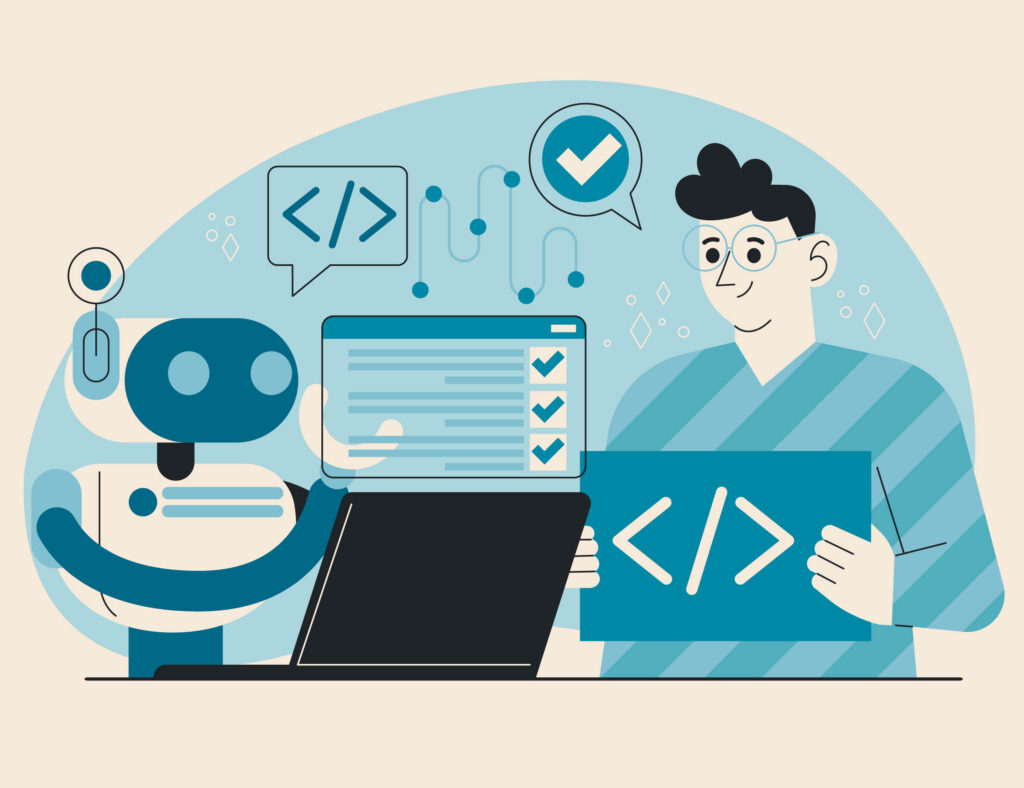

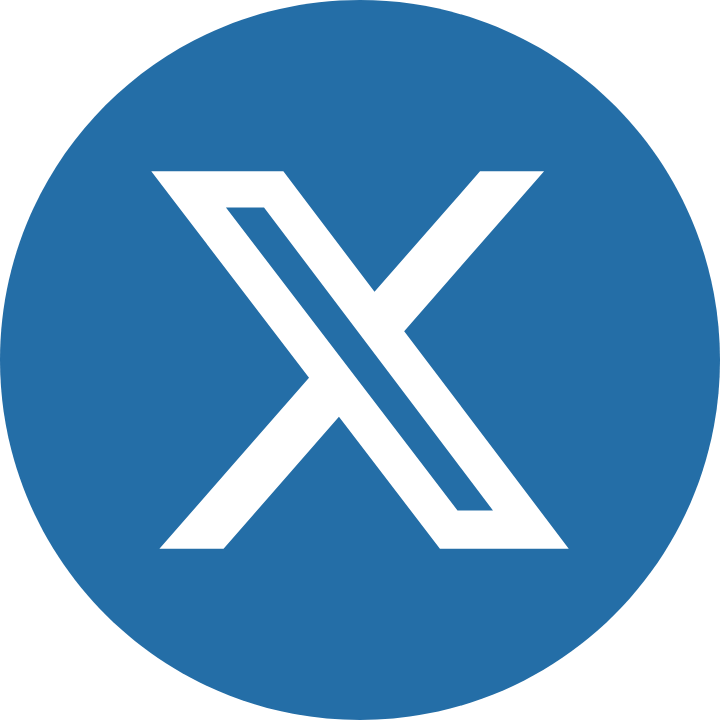

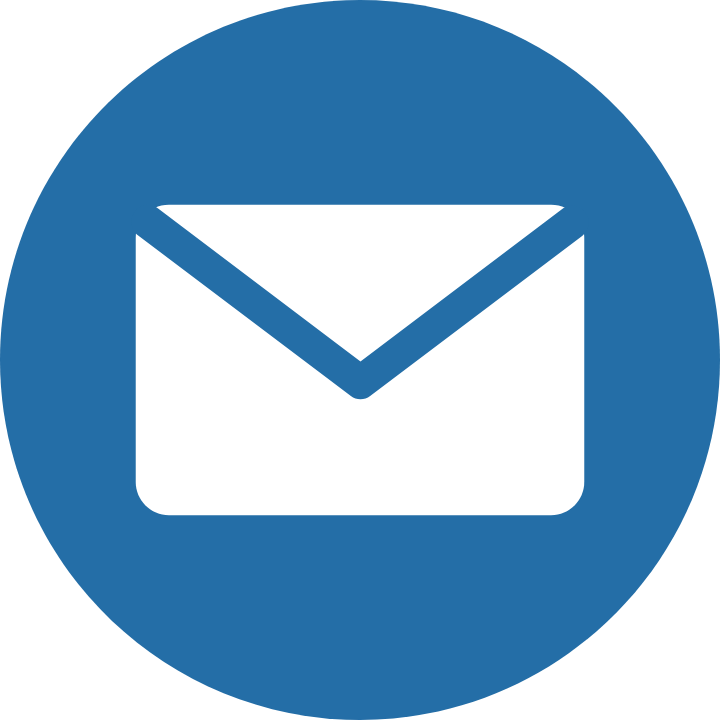
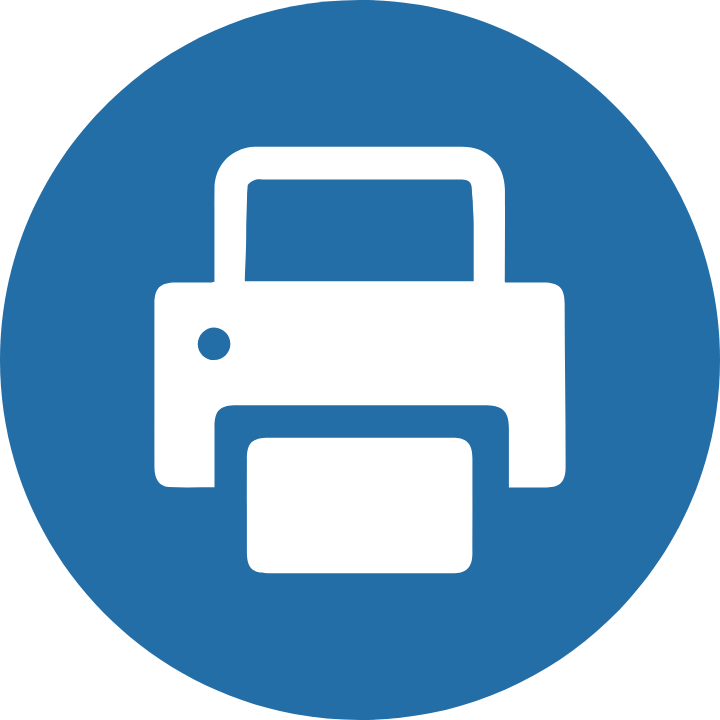





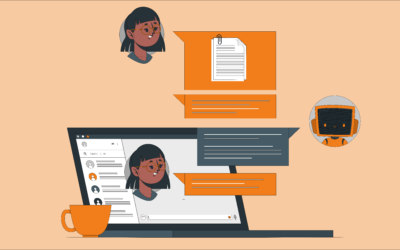
I must commend you on elucidating the nuances of RAG capabilities in your blog post. However, I do wish you had delved deeper into AI development services, such as leveraging frameworks to optimize chatbot performance.
I must say that I’m both impressed and intimidated by the vast scope of expertise required for RAG web app development! Especially when it comes to integrating AI capabilities, partnering with ai development services could be a game-changer for businesses seeking to leverage this tech.
Honestly, this post only scratches the surface on RAG capabilities. As a computer engineer who’s worked with AI companies, I can attest that there are many more nuances to consider when building production-grade systems. For instance, some developers use advanced indexing techniques like graph-based retrieval or even leverage multi-modal fusion to improve performance. It’d be great to see these topics explored in more detail in future posts!
I’ve worked on various AI projects & can attest that the article raises valid points about implementing RAG. For machine learning consulting purposes, it’s essential to balance scalability & security considerations to ensure a seamless user experience.